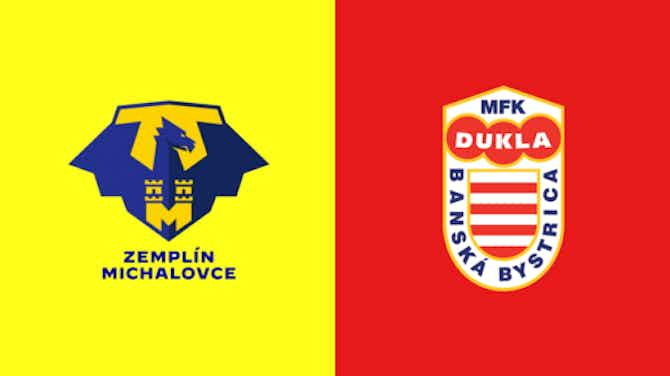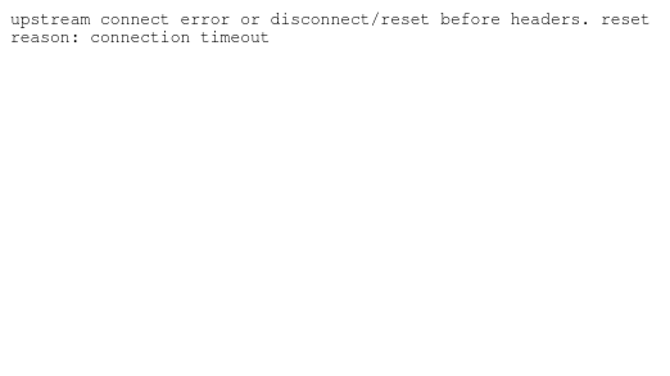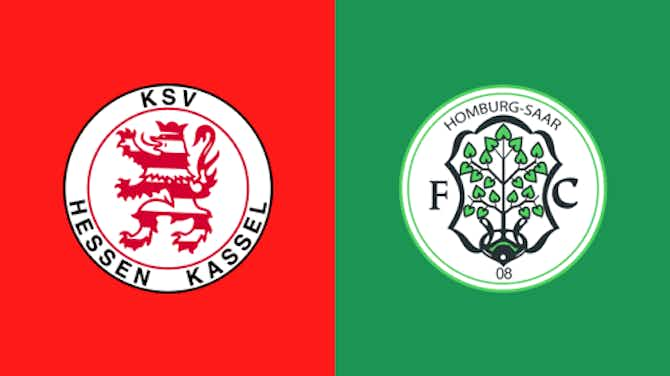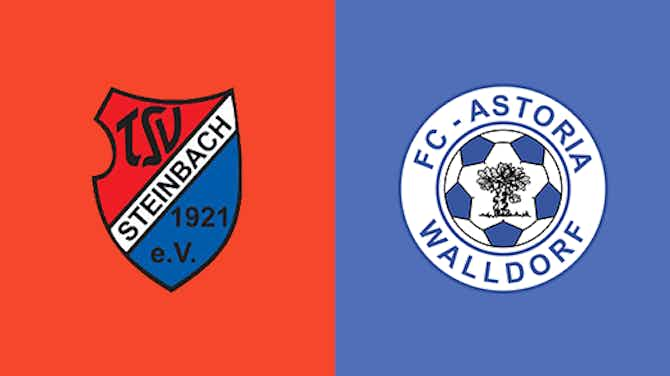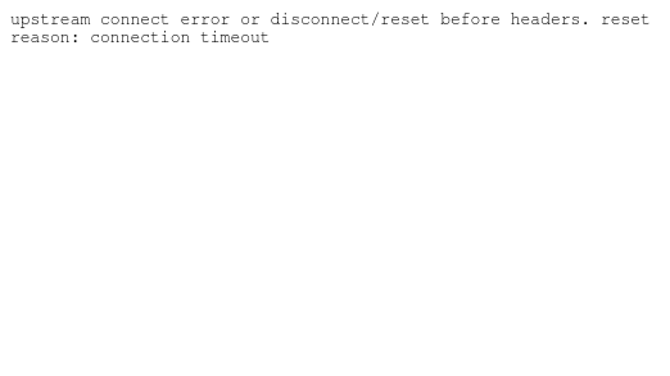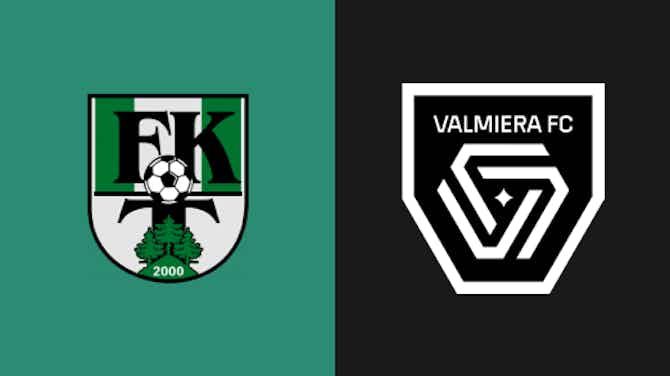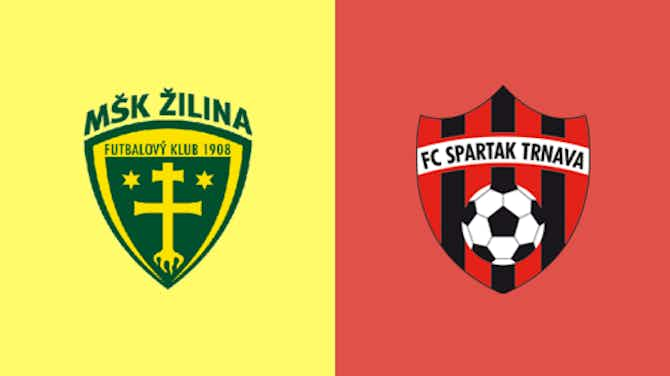Barca Universal
·25 July 2021
Importance of body orientation in football featuring Busquets, Pedri, and Thiago

Barca Universal
·25 July 2021

Analyzing the benefits of a crucial, but easily overlooked trait.
The margins between top footballers – at least on a technical level – are very thin. After years of practice and ball mastery, many players can play the same pass from one point to another, many players can take a good first touch, and so on.
Yet, at the same time, we are able to tell that certain players are much better at progressive passing than others, or that some players are much more comfortable between the lines. One factor that plays a major role in these differences is body orientation, despite the fact that it can tend to be swept under the rug.
Essentially, body orientation is how a player positions themselves physically – not in terms of location in the pitch, but how they set up their body itself. This involves details like the direction the player is facing, where they are looking, and the type of stance they are in.
Players on either end of a pass is what we will focus on here, as this tends to be the most important area in Barcelona’s system. This is reflected by the fact that many Barça players or La Masia products excel in their orientation when passing or receiving the ball.
Examining many of the world’s top line-breaking passers and progressive distributors reveals a common trait – the ability to “manufacture” passing lanes. In short, this is the ability to move or deceive the defence in some way, allowing an angle for a pass into a teammate to open up.
When almost everyone on the pitch can connect a pass from point A to point B if you asked them to, being able to consistently create openings goes a long way in determining football’s elite passers. This is where body orientation plays a massive role.
Oftentimes, you will hear about a dangerous attacking player like Lionel Messi having “gravity” or “pull”, as simply their presence attracts the attention of defenders and shifts the opposition. However, one of the incredible things about body orientation is that a player on the ball can move defenders who are 30 yards away from them.
Two masters of this concept, which you have probably seen examples of referred to as “disguised passes”, are Sergio Busquets – a Barça legend – and Thiago Alcantara – quite possibly the best La Masia product not playing at the Camp Nou.
For years, Busquets has used body orientation to misdirect and move defenders out of the way in order to find a teammate between the lines. Here, you can see an example against Manchester United in the 2011 Champions League final. On the ball, Busquets has no clear vertical passing option, so he opens up his body to the right flank, which moves Ryan Giggs, the opposing midfielder, in that direction.

This means that Lionel Messi, who was behind Giggs, can take a few steps inward, and all of a sudden, there is a clear opening for a pass right through the spine of the Manchester United midfield.

The ball bypasses four defenders and puts Messi in a dangerous position to drive at the Manchester United backline.
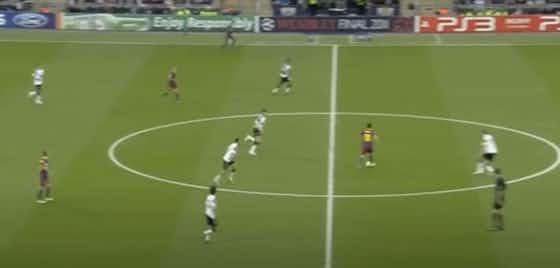
In this example against Atletico Madrid, Busquets actually has a decent forward option out wide. The Spaniard, though, knows that a potential central pass could be far more dangerous and that the defenders think he will opt for the teammate who is currently open. Busquets plays this to his advantage, once again opening up more towards the sideline and moving a defender into a wider position.
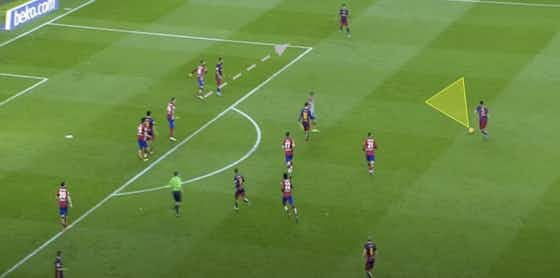
The disguise is then pulled off, as Busquets slides the ball into the box to the space left vacated by the Atleti defender.
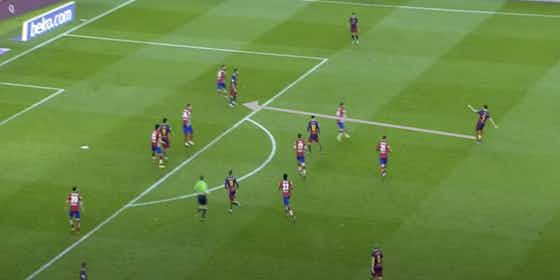
Instead of a pass out wide that could have led to just a take-on and cross attempt, Busquets creates a very threatening situation with space in the opposition box.

The examples of Busquets making a play like this are almost never-ending, but here will be a final example. Similar to the play against Manchester United, Messi is central and currently blocked behind the opposition midfield. Busquets pulls out the same trick, opening up to the wing and pulling Rodri out.
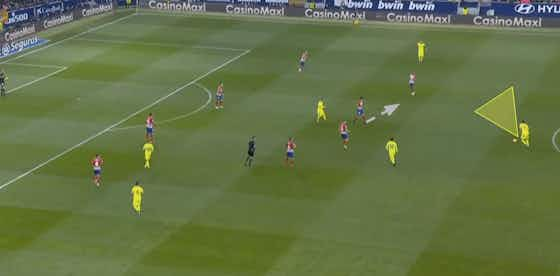
Just like that, a gap appears from nothing for Busquets to cut his pass right through.
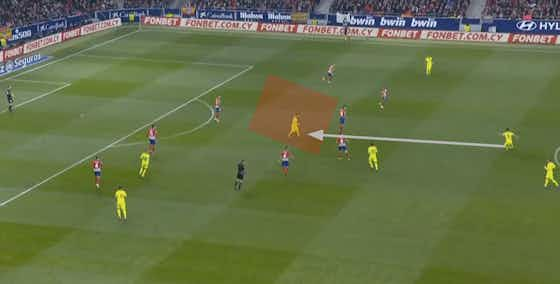
The pass puts Messi in a position with space to turn in zone 14 and numbers to his left.

Then there is Thiago, who, since leaving Barça as a youngster, has blossomed into one of football’s premier midfield progressors. In his time at Bayern Munich and now Liverpool, the dynamic Spaniard has shown an affinity similar to Busquets’ for disguised passes.
In this play against Everton, Thiago sees Sadio Mane, Liverpool’s left-winger, with a bit of space in the penalty area. However, making his intentions too obvious would see an Everton defender step in to cut off the pass or have it force Mane into a very wide position. Thus, Thiago touches inward and faces towards the opposite side of the field.

This leaves the passing lane to Mane open, and Thiago cuts a pass back across his body into the winger.
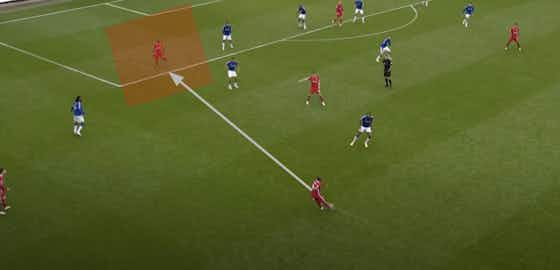
Mane lets it roll through his legs before taking the ball in stride in a position where he can look for a dangerous cross or cutback.

Here, Thiago is in a very similar position and situation to a couple of those Busquets examples. He has an easy, simple pass out wide, but he wants to play a vertical ball through what is currently a very tight angle to a teammate between the lines. The typical pattern is followed as Thiago keeps the Chelsea defender fixated on the wide man.

But, of course, this is just to keep the central angle open for the Spanish international to slide the ball through.

This sets his teammate up to turn into space and drive towards the attacking third.
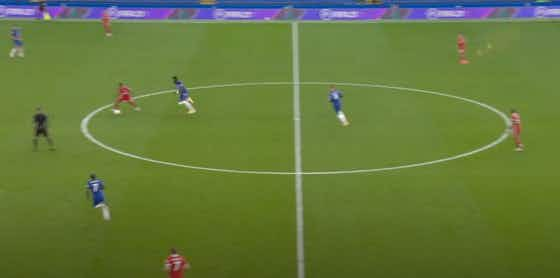
Lastly, in this Champions League match for Bayern Munich, Thiago starts by seemingly looking for a pass into the wide man’s feet. This draws the Olympiacos defender out on a flat angle.
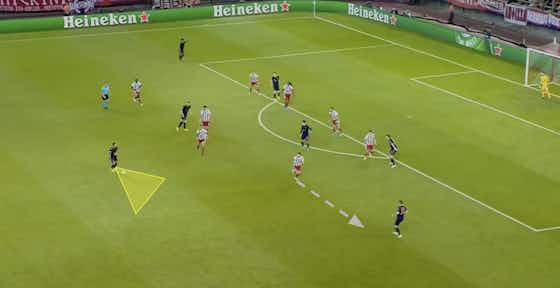
But, what the Spaniard also saw was the open space behind that defender. He is able to pull off the disguised pass, albeit not even disguised in terms of who the target is, just the manner in which it will be played. Thiago’s through ball travels easily behind the Olympiacos defender who tried to anticipate a pass to feet.

This creates an un-pressured crossing situation with numbers in the box for Bayern.
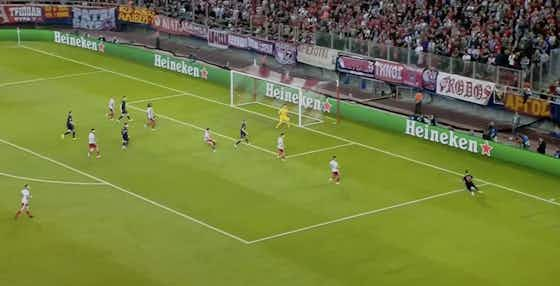
Without a doubt, Busquets and Thiago are two masters of their craft when it comes to deceiving the defence with body orientation. These moments can be taken for granted when watching them play, but if you remove these guys from the equation, it becomes clear that something is missing.
Without the penetration, unpredictability, and misdirection provided by players like Busquets and Thiago, possession becomes stale, overly safe, and easy to anticipate. When that is the case, it is nearly impossible to even get the ball into the likes of Messi in the more attacking areas, which is what makes the skill of the Spaniards so valuable.
Proper orientation when receiving the ball is most important in the crowded, high-pressure areas of the pitch. Thus, the best players at this skill tend to be those who operate as outlets for incisive passes by positioning themselves between the lines.
In these settings, there are defenders in all 360° around the player, and they will be closed down incredibly quickly when a pass is played into them. To counteract this, their body orientation has to be very precise, allowing them to shield off incoming pressure first, and then take the ball into space.
Two great examples of this are Pedri and Dani Olmo. While both are young, they have shown maturity and quality beyond their years in this area. In Spain’s Euro semi-final match against Italy, for instance, these two put on a body orientation clinic against some of the world’s best players.
In that Italy match, Olmo played as a false nine, often dropping in to pick up the ball under pressure. He showed many of the qualities that were developed in his years at Barça’s academy, and have now made him a key player at RB Leipzig.
In this play, Olmo shows to the ball to receive a short pass. The opposition defensive midfielder is closing down his backside, and there are three other Italian defenders in the general area.

As the ball rolls in, Olmo opens up to face almost directly towards his own goal line. This puts his body between the ball and the incoming Jorginho, while not making it overly obvious where he intends to travel.
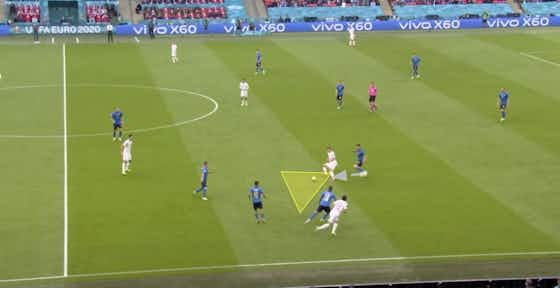
This allows Olmo to continue to draw Jorginho in with “flat” pressure – right on Olmo’s back, not blocking a specific side – before letting the ball roll across his body towards the central space.
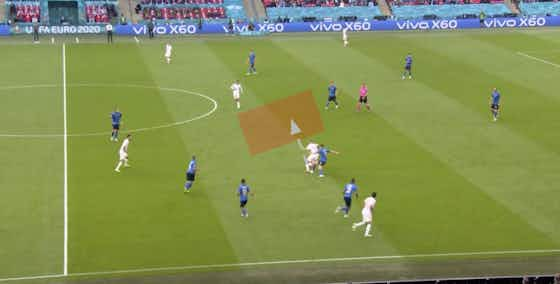
With that, the Spaniard goes from receiving a pass from one side under pressure to opening up to free space on the opposite side. He is then in a position to connect with the numbers Spain have on the left flank.

In another play from that match, Olmo drops in very deep to receive a vertical pass from his keeper.
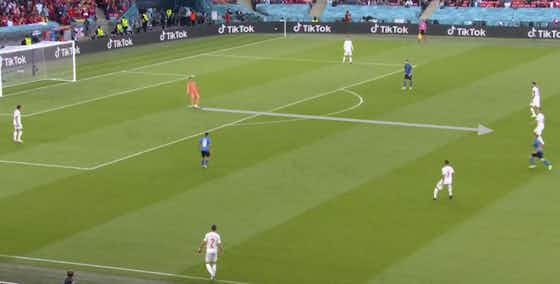
Once again, Olmo is facing directly towards the Spain goal. This causes the Italian midfielder, Marco Verratti, to come in hard and direct to win the ball, not looking to contain against a potential turn by Olmo.

But, as the ball makes its way into Olmo’s feet, he opens his hips towards the left side of the field. This shields off Verratti’s challenge, and allows the Spanish international to spin away from the pressure.

From there, Olmo has space to drive and combine to move Spain into the attacking half.

Lastly, in this example at club level in the Champions League, Olmo checks away from Paris Saint-Germain centre backs to receive a progressive pass.

We see a similar pattern here: Olmo starts with his body opened up almost directly backwards, and the defender closing Olmo down steps towards his back.
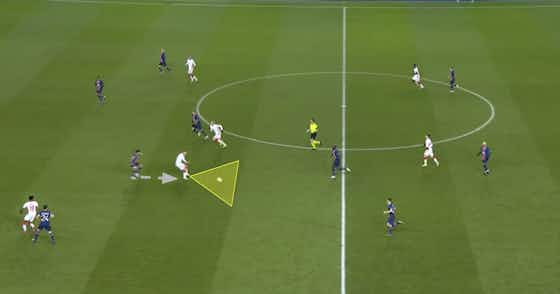
Then, again, as the ball makes its final progress into Olmo, he opens up his hips towards the direction in which he wants to take his first touch. This would be towards the right flank, as that side of the pitch has open space and Leipzig players joining the attack.
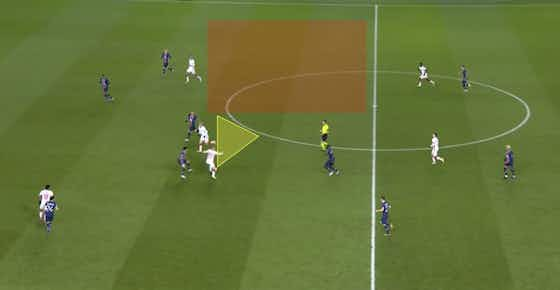
After a simple layoff from Olmo, Leipzig are in a position to drive at the Paris Saint-Germain backline with several forward runners.

Now for Pedri – the breakout star of the 2020/21 season may be just 18 years old and have only one season of top-flight experience, yet he plays like a seasoned veteran. Intelligent body orientation has allowed Pedri to not only adapt to a higher tempo of football where the opposition is bigger and stronger than him but to run matches at the highest level.
Throughout the year, Pedri has shown the ability to operate in tight spaces, receive on the half-turn, and link-up play in dangerous areas. By doing the simple things early on in a sequence, he makes the result seem easy.
Take this play against Italy, in which the teenager is about to receive a short pass from Sergio Busquets between two defenders. As the veteran plays the ball, Pedri is opened up towards him.

Over course of the short duration of the pass, Pedri is able to swivel and face directly towards the opposition goal, where he knows there is space in front of the backline.
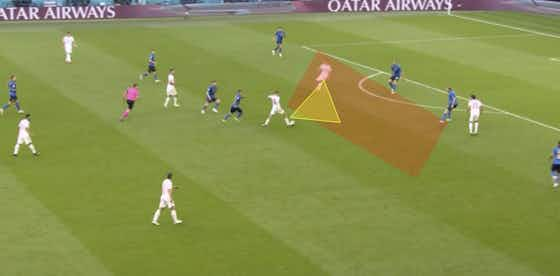
Opening up to take this progressive first touch into space also pulls the Italian left centre back forward just a bit, allowing Pedri to play a simple, but very dangerous ball into the penalty area for Mikel Oyarzabal.

Just like that, Spain have a threatening one vs. one attack in the opposition box.

Proper body orientation also allows you to receive the ball on the move without slowing down and allowing defenders to catch you. In a game where Pedri is not faster or stronger than everyone else, he has to set himself up to play faster.
Here, the teenager drifts into open space created partly by Olmo dropping off.
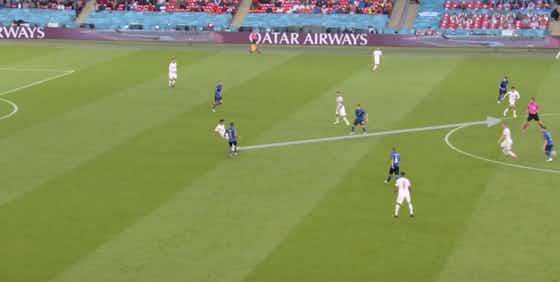
The Barcelona youngster controls the ball with his back foot, receiving the pass from behind in stride and with his body facing forward.
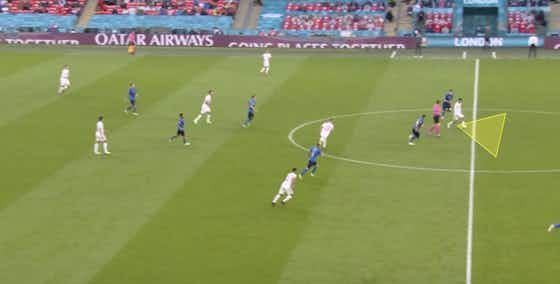
As a result of this, Pedri is able to calmly move the ball out to the wing. This brings the Spanish side into the attacking third.
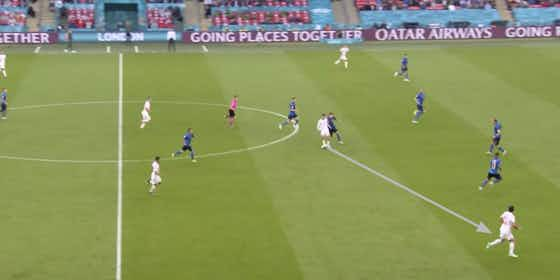
Finally, in this instance in a Barça shirt, Pedri starts facing the right flank after the team have just won the ball back.

The teenager is then targeted with a short pass, still facing towards the right side of the pitch.
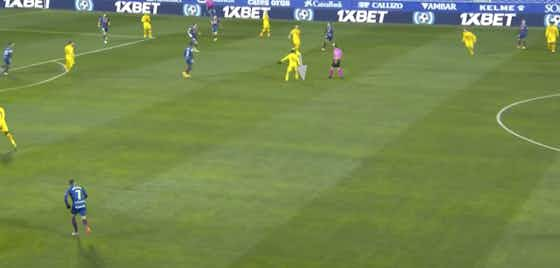
Upon receiving the ball, though, Pedri backs up slightly and opens up to face towards the goal. This makes it possible to play a first-time pass across his body to Ousmane Dembélé on the opposite flank.

The quickness of the move puts Dembele in a very dangerous position.
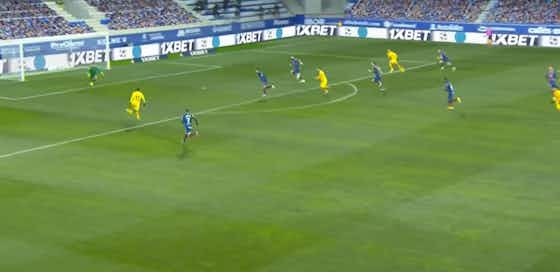
For players like Olmo and Pedri, whether they play as interiors in midfield, false nines, or tens, the ability to position the body correctly when receiving the ball is crucial. When playing between the lines or dropping deep with a defender on their back, even the slightest error in shielding the ball, opening the hips, or the direction of the first touch could result in a loss of possession.
Limiting those losses by being as precise and forward-thinking as possible is what sets apart the best of the best when it comes to operating in tight spaces.
Body orientation is most commonly on display between a passer and a receiver, especially in a system like Barça’s, but it is certainly not limited to these events.
It plays a role in taking on defenders – think about how Ousmane Dembele is able to consistently sell his fake shots or how Lionel Messi is able to shift his weight so quickly with his body feints. Also, the likes of Messi and Ansu Fati utilize proper body orientation to quickly set themselves up for a powerful shot.
Even defensively or when making off-ball runs, body orientation is involved. Having a proper stance when defending a dribbler is essential. Furthermore, you will sometimes see Messi start to check in and act like he wants to receive a shorter pass, before spinning away quickly and making a run in behind.
With all of this in mind, body orientation is clearly an important skill for a footballer. This becomes most apparent when a player like Busquets uses it to shift the opposition defence and open up new angles, or someone like Pedri uses it to receive the ball in tight spaces and manoeuvre away from pressure.
Barcelona’s top players and its most successful academy graduates have reflected this for years. Thus, while body orientation is not something that pops out immediately, its importance should not be underestimated.






